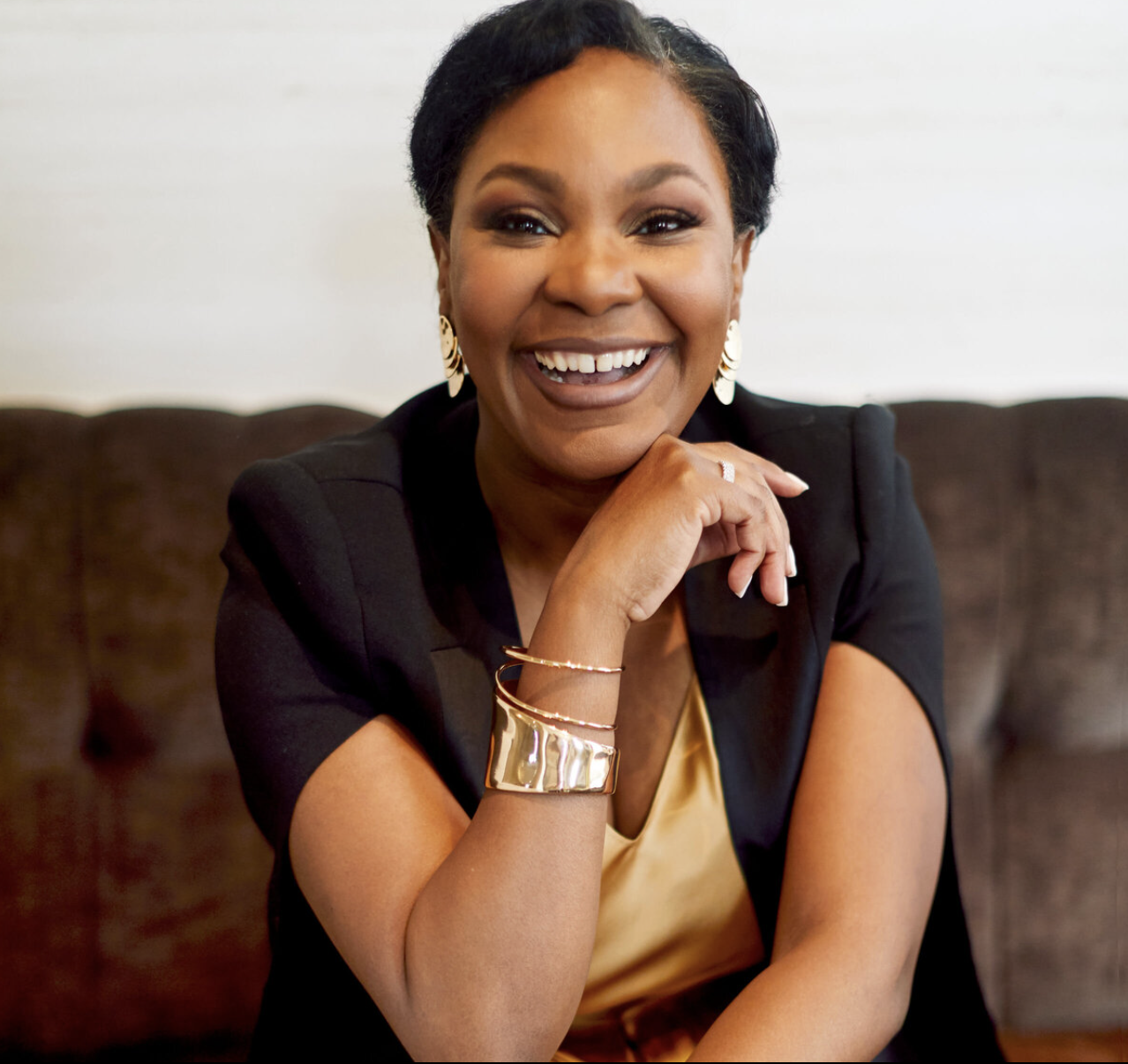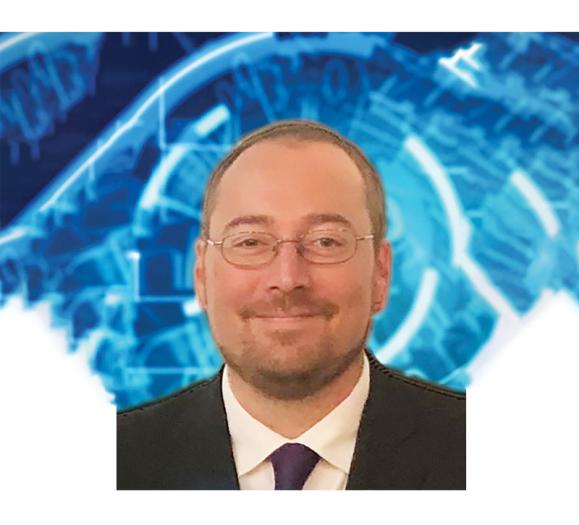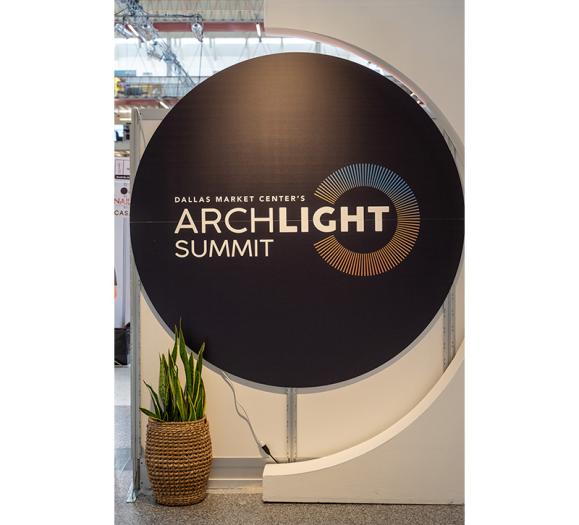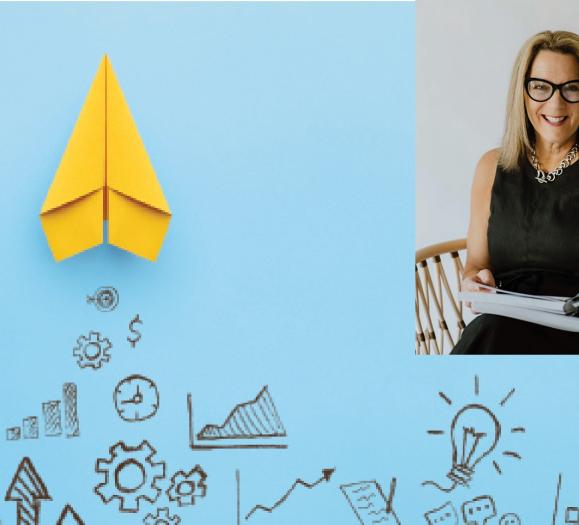Arianne Bellizaire is the CEO behind her full-service design firm, Arianne Bellizaire Interiors. Her integrated technology, ROI-focused strategy and trend-forward work has been covered in Architectural Digest, Forbes and House Beautiful. Based out of Baton Rouge, LA, hospitality is embedded in her firm’s DNA and can be felt from the way she designs to how she partners with her clients.
Furniture, Lighting & Decor: You started out professionally with a career in communications. How did you end up pivoting to interior design?
Arianne Bellizaire: I was in public relations and event planning initially. My mom always told me I had an eye for interior design, even as a kid. I probably should have thought about going into that field — but I didn’t think of it as a career path. I didn’t know anyone who did that growing up, so it wasn’t a reality for me. Then in 2008, my family and I moved to Houston, TX. That gave me the opportunity to play with our new space, and really make it a home. Fast forward through 2008 and I’m establishing a home, meeting new friends, and people start saying “Oh my gosh, can you do that at my house?” After that, I really started understanding the value of interior design. I got into this with a healthy appreciation and respect for designers, starting with helping friends and family, then people who knew friends and family, and so on.
Eventually I decided to go into the business thinking, “I know in my gut what’s right, but there’s probably a science to it.” There’s always an approach to design that incorporates a blend of art and science. There is the art, which is creating the “feeling” in the space, and then there’s the science — the principles of design — which ensure you can repeat success.
I went through some training to make sure I knew how to replicate this success, and realized there are different levels of design. When clients come to me knowing that I’m going
to provide that experience, there are three ways I can help them: through new construction, a major renovation or a full furnishing with a certain number of rooms.
Today, I’m known for offering my clients “what’s new” and “what’s next.” I push them to crave design trends, and I’m very clear about the levels of projects I want to work on. I think it’s helped me attract people who are serious about what they want to do with design.
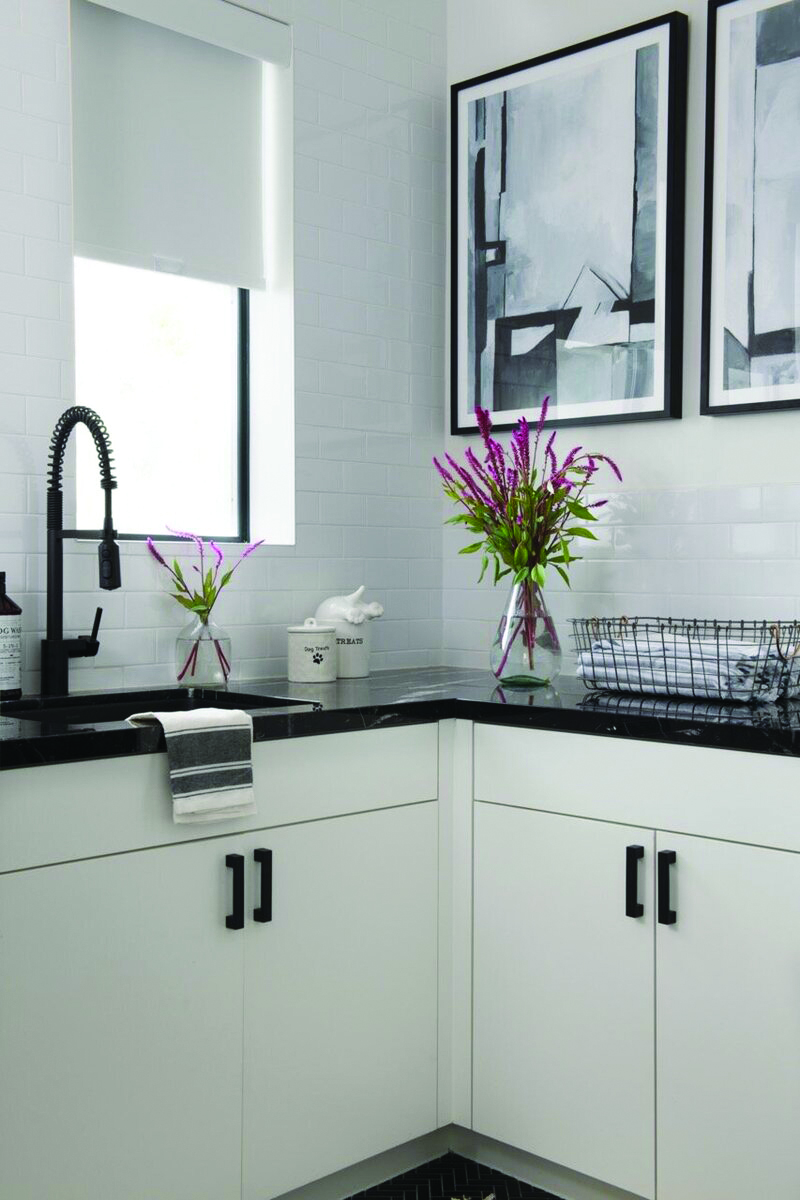
FLD: Arianne Bellizaire Interiors is celebrated for its trend-forward spaces. How do you achieve this through your design process?
AB: We really think about using colors, textures and materials that will put our clients on the fringe. It might push the envelope to where a client says, “I don’t see anybody else doing that.” We give them the confidence to be a trendsetter. They shouldn’t want a house that looks like everyone else’s. I always want to push my clients to dream bigger than what they can see. I really think that’s the value of design — imagining and creating something that doesn’t exist yet. A lot of people miss that opportunity; they go for what they think is going to be safe. When we were confined to our homes during the pandemic, everybody came out inspired to do something new with their home. Our industry really had a swell of demand for our services and products.
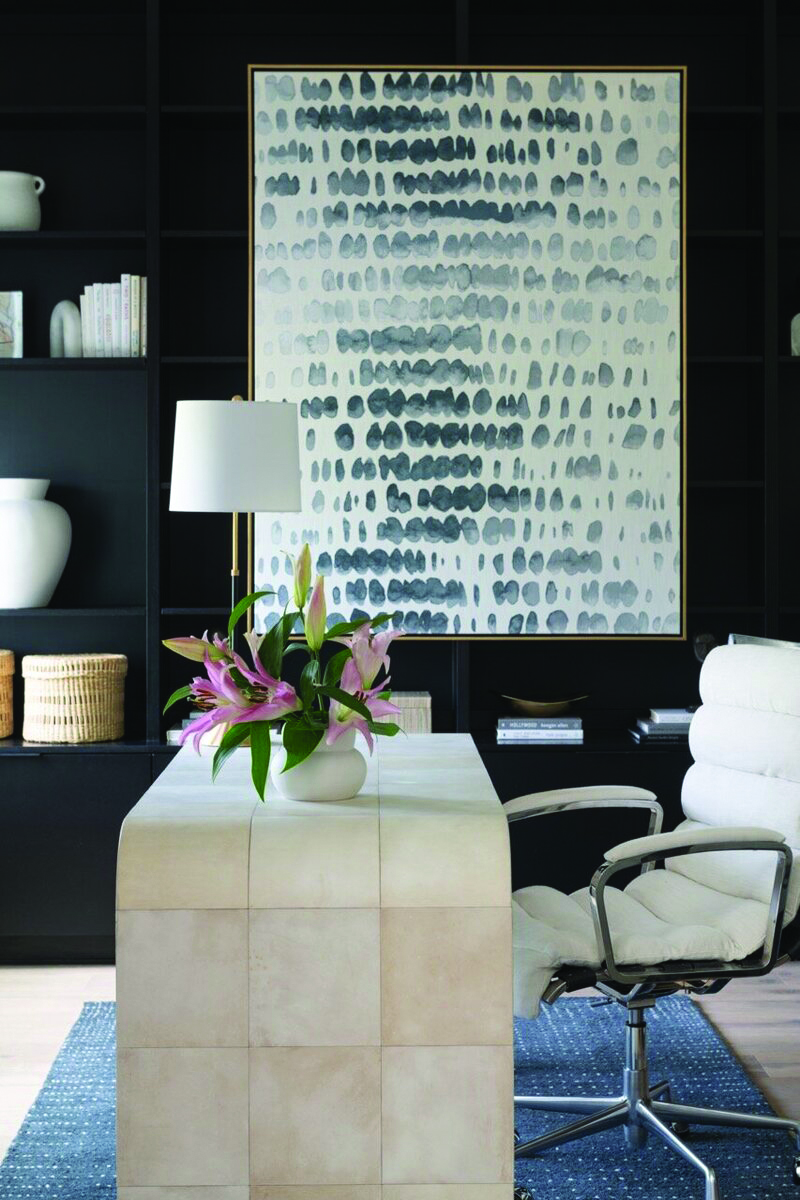
FLD: How has technology played a role in both onboarding, and the design process?
AB: When we do our onboarding process with our clients, we have conversations about where they want technology in their home. Do they want an automated home? Do they want voice activation? It has become an important consideration, especially following the pandemic where now, people want their home to be their favorite place in the world. In the build process, there are things we have to be aware of when it comes to technology as well, so it seamlessly integrates into the design of the home. In addition to that, the way we present and guide our clients through the process is highly reliant on technology. From the very beginning, we’re showing them renderings, and we’re visualizing spaces for them. Right now we’re doing that with our modeling programs, but I eventually see us evolving to where it’s experiential and immersive. I would love my clients to come to the office, put an Oculus on, and I can say “welcome to your living room!”
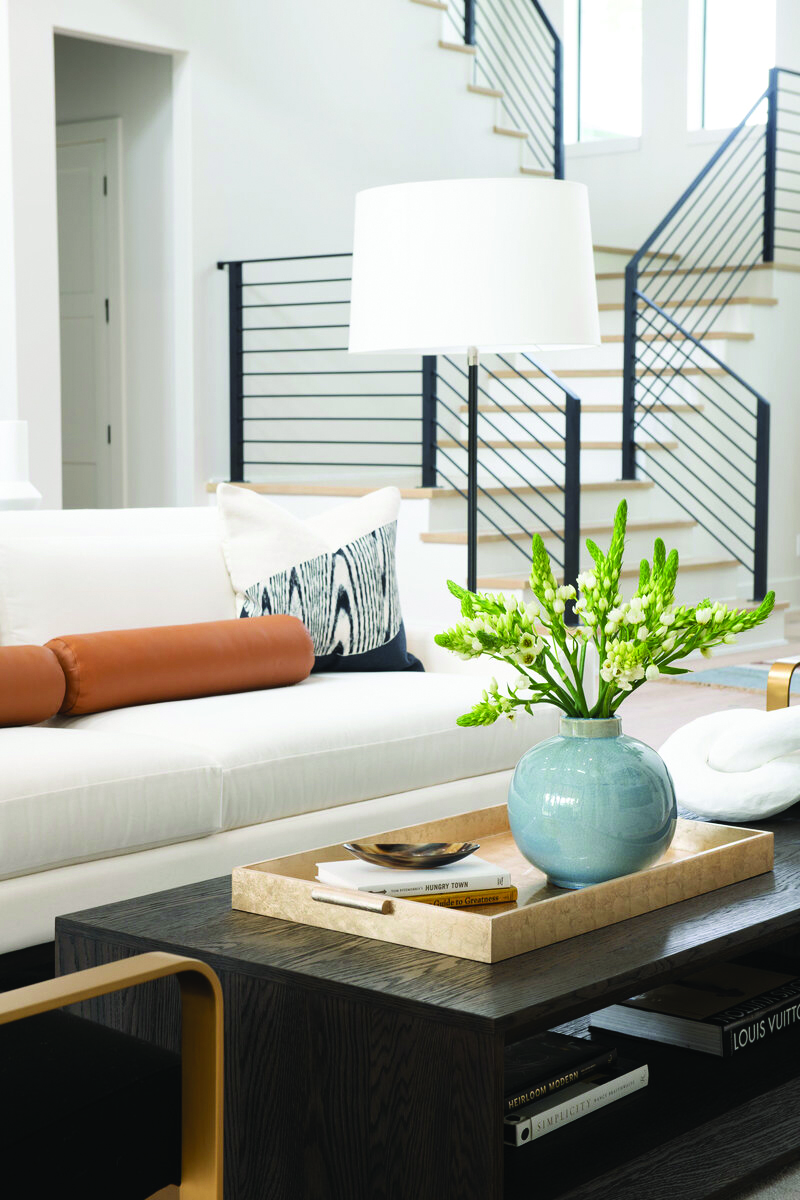
FLD: How have you enjoyed taking on commercial projects in recent years, versus residential work?
AB: For most of my career, 95 percent of my projects have been residential. I’ll tell you all day, every day, that’s what I love to do because I love creating an experience in a home. I love problem solving. In the last two or three years, we started to lean into more commercial work. At first it started with just refreshing a few spaces. Now we’re taking on the “decorator’’ role in the commercial projects we have. We’re working really closely with the architectural firm and the construction management company — but we’re in charge of the “let’s make it feel good” part, which is so fun for us. Those projects are the ones that excite us the most right now because you’re literally at the table as the expert. There’s no emotion attached to it, there’s a healthy budget and there’s someone asking us to show them what’s new. It’s so liberating and a great departure from having to sell, confirm and reassure residential clients. They’re both great — I love both for different reasons. But we’re really having fun with our commercial projects.
FLD: Your website says your design style gives a bit of a “nod to southern hospitality.” How (and why) did you develop this approach?
AB: I didn’t realize that was a core value of ours until we started rebranding. We were talking about the way I want the experience to feel for my clients. I like to surprise and delight them — like making sure their favorite snacks are in the office when they’re in for a meeting — but there was never any conscious reference to that in our marketing. We eventually decided to put that forward, because that is the experience our clients receive. I like to know my client’s birthday, favorite desserts, things like that. Sometimes I’ll send them a goodie to surprise them, or I’ll make sure the furniture has low maintenance fabrics because I want them to enjoy their coffee and wine. It’s so inherent in the way we think about our spaces. Being from the south myself, everything we do culturally centers around gatherings. We always figure out a way to celebrate, and I’m grateful I get to work with clients who get that. It’s such an important part of who we are and how we identify our brand.
